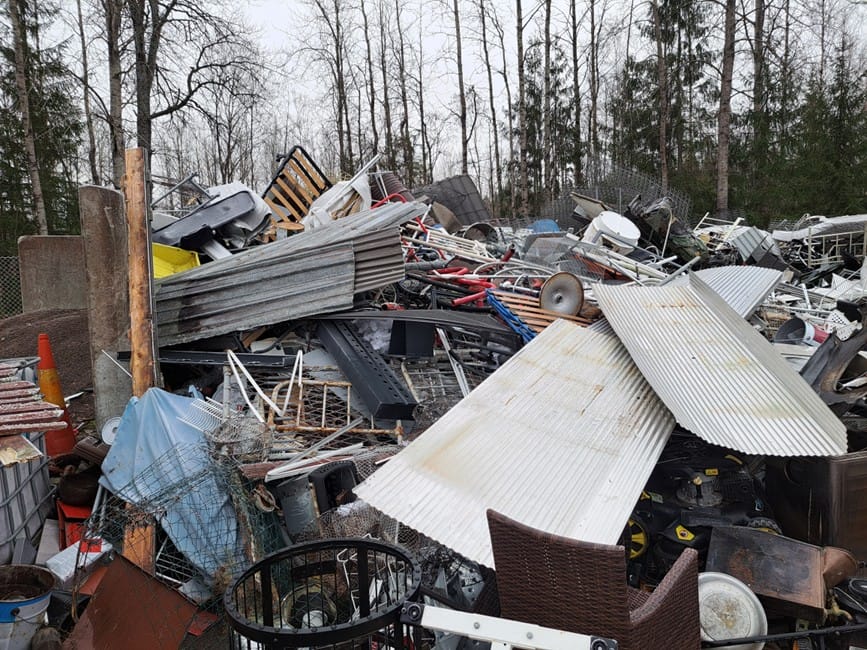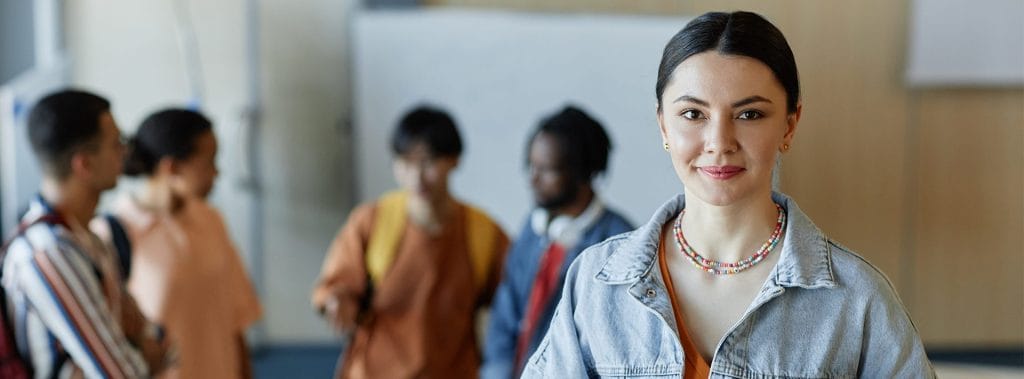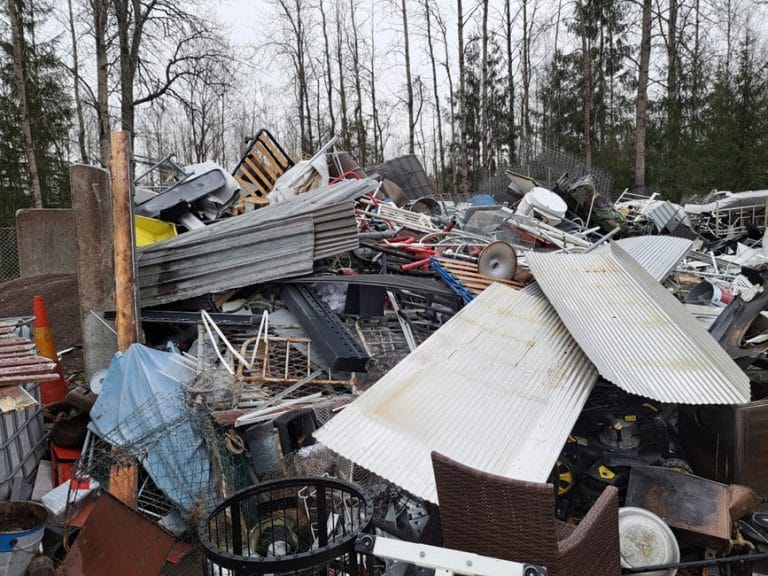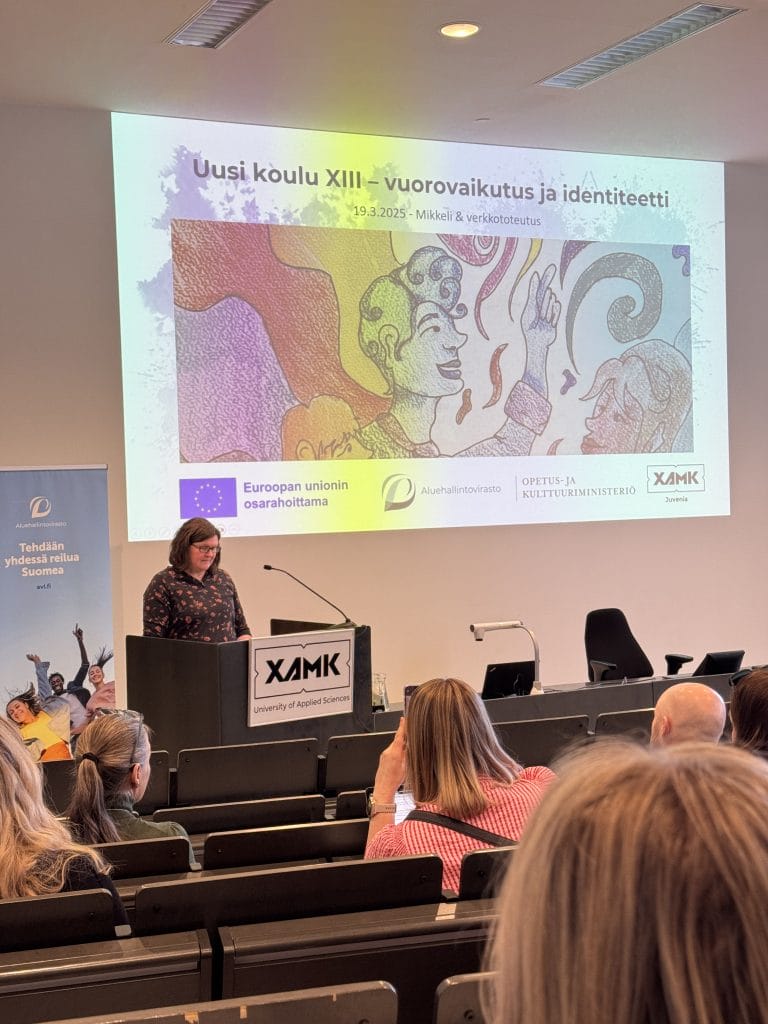Family Group Conference model in Germany and Finland
Germany has adopted the ”Familienrat” or family conference, a method for empowering families to find their own solutions. This approach, also known as ”Familiengruppenkonferenz,” borrows a lot from the Family Group Conference model originating in New Zealand and has been adapted to fit the German context.
Its major focus is to create a support network for relatives, friends, and other significant individuals to engage in collaboratively. A neutral coordinator facilitates the process, ensuring that the family remains the key agent when it comes to decision-making. A shift of focus from external intervention to the use of internal resources allows families to take a participatory approach.
How it works
A family conference adheres to a structured process to support child welfare. It starts with referral and preparation, whereby a social worker or a professional identifies a case then arranges the conference. While information is being shared, the family receives details about the issues and objectives. Next, in private family time, the family and their support network develop a plan independently. The following proceedings involve a planned presentation, where submission of a proposed solution to the agency responsible is made. The agency then performs a review and approval, keeping child safety in mind. Finally, during implementation and follow-up, the family puts the plan into action with ongoing support as needed.
This method has been crucial in creating solutions that are geared towards a family’s unique circumstances. Alot of positivity has been observed in the following key areas:
- Strengthening of family networks and support systems.
- Increasing family ownership and responsibility in addressing challenges.
- Reducing the need for out-of-home placements.
- Improving outcomes for children and families.
Exploiting the approach in Finland
In Finland, the Family Group Conference is used to varying degrees in child protection in welfare areas. In some areas the method is in use, in others not. In the City of Helsinki, the method is the most stable. This method involves inviting those close to the child or young person to come together to discuss the family situation and, in particular, how the child or young person could be helped, based on an assessment by a social worker. It follows a structured approach, from the planning stage to a plan drawn up by those close to the child and approved by the social worker. The focus is on dialogue and forward-looking work. Convening people who are important to the young person requires a belief in the resources of the network and the possibility of change. Processes can take months, sometimes years.
Practical experience shows that the method has brought about positive changes. An evaluation of the effectiveness of the Family Group Conference has found preliminary evidence that the sense of empowerment among participating families is greater than that of the control group six months after the intervention.
References









